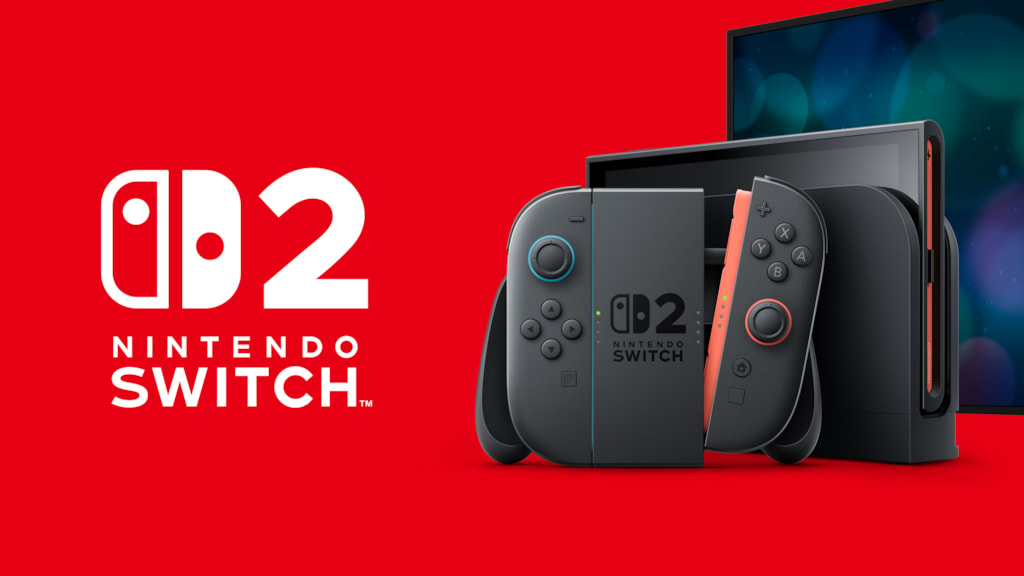Virtuos, renowned for its extensive experience porting high-profile games to Nintendo platforms, has shared valuable insights regarding the much-anticipated Nintendo Switch 2.
Known for bringing major third-party titles like Dark Souls Remastered, Final Fantasy XII: The Zodiac Age, Starlink: Battle for Atlas, and NieR: Automata to the Nintendo Switch, Virtuos continues to play a significant role in expanding the platform’s library. Eoin O’Grady, Technical Director at Virtuos subsidiary Black Shamrock, recently provided a comparative analysis of the Nintendo Switch 2’s hardware, focusing on its graphical and computational capabilities relative to contemporary consoles.
Speaking to Wccftech, O’Grady clarified that, in terms of graphics processing unit (GPU) power, the Nintendo Switch 2 operates just below the Xbox Series S, and this difference is especially evident when the console is used in handheld mode.
Nevertheless, he notes an advantage in the Switch 2’s support for Nvidia’s Deep Learning Super Sampling (DLSS) technology, which the Series S lacks.
According to O’Grady, this allows the Switch 2 to achieve a comparable visual output overall, thanks to advanced upscaling tech that compensates for the raw power gap. When addressing central processing unit (CPU) performance, O’Grady explained that the Nintendo Switch 2 aligns more closely with the PlayStation 4, boasting a slightly stronger CPU.
He emphasized that the majority of titles, when properly optimized, tend to be more demanding on the GPU than the CPU.
As a result, many games running at 60 frames per second (FPS) on the Series S should translate smoothly to the Switch 2.
Games running at 30 FPS and primarily GPU-bound are likely candidates for successful ports as well.
However, he acknowledged that projects involving intricate physics simulations or complex animations may require extra development time to maintain target frame rates, as they are more dependent on CPU performance. O’Grady also addressed the slow uptake of DLSS upscaling in recent Nintendo Switch 2 releases.
He observed that first-party titles like Mario Kart World and Donkey Kong Bananza may not rely on DLSS due to their distinct art styles, which excel without extensive graphical enhancements.
For third-party ports, the integration of DLSS is not as straightforward as repurposing the PC DirectX version; the technology must be properly adapted into Nintendo’s NVN2 graphics API.
This added complexity can lead developers to delay implementation until after the initial porting phase, particularly when rapid market entry is a priority. In related Switch 2 hardware news, there has been confirmation that the official dock now supports Variable Refresh Rate (VRR) technology, even though the feature is not currently active on the system itself.
This discovery hints at potential future enhancements for the platform, further elevating user experience for Nintendo Switch 2 players. As Virtuos continues to drive innovation and excellence in adapting games for Nintendo hardware, their insights offer valuable perspective for industry watchers and developers navigating the transition to next-generation Nintendo platforms.
Known for bringing major third-party titles like Dark Souls Remastered, Final Fantasy XII: The Zodiac Age, Starlink: Battle for Atlas, and NieR: Automata to the Nintendo Switch, Virtuos continues to play a significant role in expanding the platform’s library. Eoin O’Grady, Technical Director at Virtuos subsidiary Black Shamrock, recently provided a comparative analysis of the Nintendo Switch 2’s hardware, focusing on its graphical and computational capabilities relative to contemporary consoles.
Speaking to Wccftech, O’Grady clarified that, in terms of graphics processing unit (GPU) power, the Nintendo Switch 2 operates just below the Xbox Series S, and this difference is especially evident when the console is used in handheld mode.
Nevertheless, he notes an advantage in the Switch 2’s support for Nvidia’s Deep Learning Super Sampling (DLSS) technology, which the Series S lacks.
According to O’Grady, this allows the Switch 2 to achieve a comparable visual output overall, thanks to advanced upscaling tech that compensates for the raw power gap. When addressing central processing unit (CPU) performance, O’Grady explained that the Nintendo Switch 2 aligns more closely with the PlayStation 4, boasting a slightly stronger CPU.
He emphasized that the majority of titles, when properly optimized, tend to be more demanding on the GPU than the CPU.
As a result, many games running at 60 frames per second (FPS) on the Series S should translate smoothly to the Switch 2.
Games running at 30 FPS and primarily GPU-bound are likely candidates for successful ports as well.
However, he acknowledged that projects involving intricate physics simulations or complex animations may require extra development time to maintain target frame rates, as they are more dependent on CPU performance. O’Grady also addressed the slow uptake of DLSS upscaling in recent Nintendo Switch 2 releases.
He observed that first-party titles like Mario Kart World and Donkey Kong Bananza may not rely on DLSS due to their distinct art styles, which excel without extensive graphical enhancements.
For third-party ports, the integration of DLSS is not as straightforward as repurposing the PC DirectX version; the technology must be properly adapted into Nintendo’s NVN2 graphics API.
This added complexity can lead developers to delay implementation until after the initial porting phase, particularly when rapid market entry is a priority. In related Switch 2 hardware news, there has been confirmation that the official dock now supports Variable Refresh Rate (VRR) technology, even though the feature is not currently active on the system itself.
This discovery hints at potential future enhancements for the platform, further elevating user experience for Nintendo Switch 2 players. As Virtuos continues to drive innovation and excellence in adapting games for Nintendo hardware, their insights offer valuable perspective for industry watchers and developers navigating the transition to next-generation Nintendo platforms.






